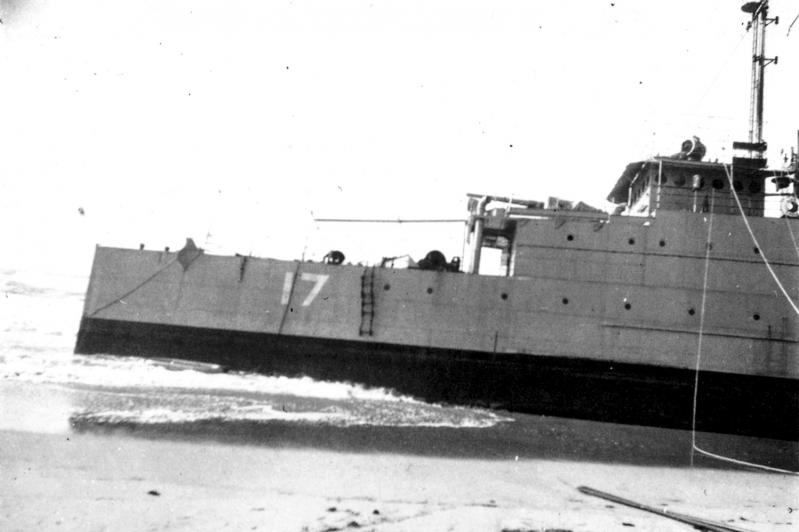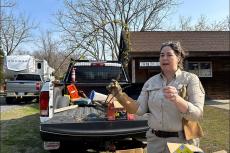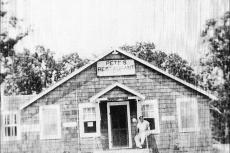Long Island is by all accounts a mecca for boating, but for those unfamiliar with its rocky shores and treacherous weather, it can be a nightmare.
For Eagle Boat 17, a bank of thick Atlantic fog spelled disaster for the United States Navy. On May 19, 1922, PE-17, or Eagle Boat 17, was en route from the naval base at Norfolk, Va., to New London, Conn. The ship, with a crew unfamiliar with the area’s mercurial conditions, ran aground on the beach near Further Lane in East Hampton. Luckily, no one was hurt, and the officers and sailors were offered all courtesies by the people of East Hampton.
This naval ship was one of a line of 60 produced by the automobile manufacturer Henry Ford. In 1917, the U.S. government decided that new anti-submarine vessels were needed for combat, specifically ships that were smaller and more maneuverable than the larger destroyers but heartier than the wood-sided anti-submarine crafts developed previously.
To this end, a contract was awarded to Ford, an assembly-line expert, for a series of smaller, nimbler, steel-sided vessels. As it happened, the armistice ending World War I was signed in 1918, so the original order for 100 ships was slashed to 60.
After the war, Eagle boats were briefly used to transport airplanes, and some were transferred to the Coast Guard in 1919. The rest were sold off in the 1930s and ’40s.
Back to the wreck, the crew hoped the ship could be floated and towed away in short order, but it was not to be. The Scott Wrecking Company of New London aimed to float and salvage the ship for parts, but the first attempt proved unsuccessful. A second attempt some seven months later was halted midway through, possibly as a result of concerns about causing the vessel to capsize. The salvage crew abandoned the job, and Eagle Boat 17 would be lost to the elements over time.
—
Julia Tyson is a librarian and archivist in the East Hampton Library’s Long Island Collection.




